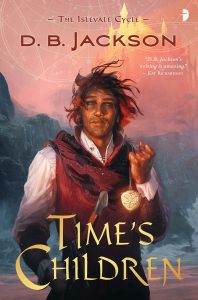When I was in grade school (yes, grade school) we were taught about the rudiments of writing – not just grammar, mind you, but also the fundamentals of storytelling. We weren’t necessarily taught these things well, but they were, at least, part of the overall curriculum.
One of the basic tenets of writing fiction (even then, in the late 17th century…) was the centrality of conflict. Without conflict there is no story. Period. And while elements of writing have come to be thought of in different ways, this rule remains. Stories need conflict. I’m reminded of this each day as I continue to work my way through submissions for Galactic Stew, the Zombies Need Brains anthology I’m co-editing with Joshua Palmatier. The majority of our submissions do have some form of conflict, but a surprising number do not.
Now, the need for conflict is not what today’s post is about, but let me say that if you’re writing a story or a novel, and there is no conflict, then you’ve got a problem. “Conflict” doesn’t necessarily mean “fighting.” It certainly doesn’t have to mean “violence.” But it does require tension between two or more oppositional forces. Those forces can take many forms, but the idea of tension is elemental.
I still recall the material we worked with in those grade school lessons. This was maybe fourth grade – I was all of ten years old – but I already loved to write and I believe on some level I knew I was destined to spend my life pursuing that passion. We were taught that there were three forms of conflict, broadly conceived, that covered anything and everything we were likely to encounter in our reading. In the gendered language of the day, these forms of conflict were “Man versus man;” “Man versus nature;” and “Man versus himself.” Amazingly, a quick internet search can still turn up sites peddling this trio (in the arcane, gendered phrasing) as the building blocks of story construction.
And while I recognize the usefulness of these three broad headings, I think it’s also pretty clear that they were not developed with speculative fiction in mind. What about “Humans versus technology?” What about “Humans versus non-human sentient beings?” Sure, we can interpret “Human versus human” as “human versus ANY emotive creature.” And we can turn “Human versus nature” into “human versus the universe” to make it include all interactions with time or space, bear or bot. Still, the “three forms of conflict” construction, like any such rule when applied to artistic expression, feels too confining. We need conflict; that’s a great point. Let’s not muck up the lesson by then prescribing what conflict ought to look like.
Right? Right.
Except that’s exactly what I’m about to do.
Because here is something I’ve noticed as I work my way through these hundreds of stories. In nearly every case “human versus any sentient being” and “human versus the universe” still isn’t enough. I’ve read plenty of stories that contain conflict in abundance, but too often the conflict as conceived feels flat and unconvincing.
And here’s why. The third category of conflict – “human versus self” – is really the one that matters. It’s the hardest to write, but the most rewarding to get right. More, it is, in my opinion, the single most important ingredient in any story. Sure, conflicts between or among characters are great and compelling, and watching a character grapple with natural and cosmic forces that dwarf her or him can be breathtaking. But those external conflicts feel empty without the added element of the internal battle, the protagonist struggling with her flaws and weaknesses, the antagonist plagued by doubt or guilt or the desperate desire to be understood.
Harry’s battle with Voldemort is only half the story. The elements that make that outer conflict so compelling are Harry’s self-doubt, his fear that he is too much like the villain he’s trying to destroy. Katniss’s efforts to overthrow the Capitol, while exciting, would not be enough to sustain the storyline without her internal struggles – her concern for Prim and her mother and her sense that she hasn’t done enough for them; her conflicted feelings about Peeta and Dale and her awareness that on some level she is using both of them.
The problem with those age-old three forms of conflict (aside from the fact that, as originally phrased, they exclude more than half the population) is not only that they’re too limiting, but also that they are presented as options from which an author needs to choose. “Stories should have conflict 1 or conflict 2 or conflict 3.”
No! Stories are more complex than that. More to the point, characters are more complex than that. External conflicts are glitzy and marketable. They’re the stuff of book jacket art and movie trailers. But internal conflict is the bread and butter of what we do. Unless we convey the emotions of our protagonists and antagonists – the “human versus self” conflicts that drive the people who populate our stories – our writing is doomed to lack depth and power. Conflict is essential to our stories, but it’s not just a menu option, a box to be checked. It ought to be nuanced and multi-layered. Just like our stories. Just like our characters.
Keep writing!









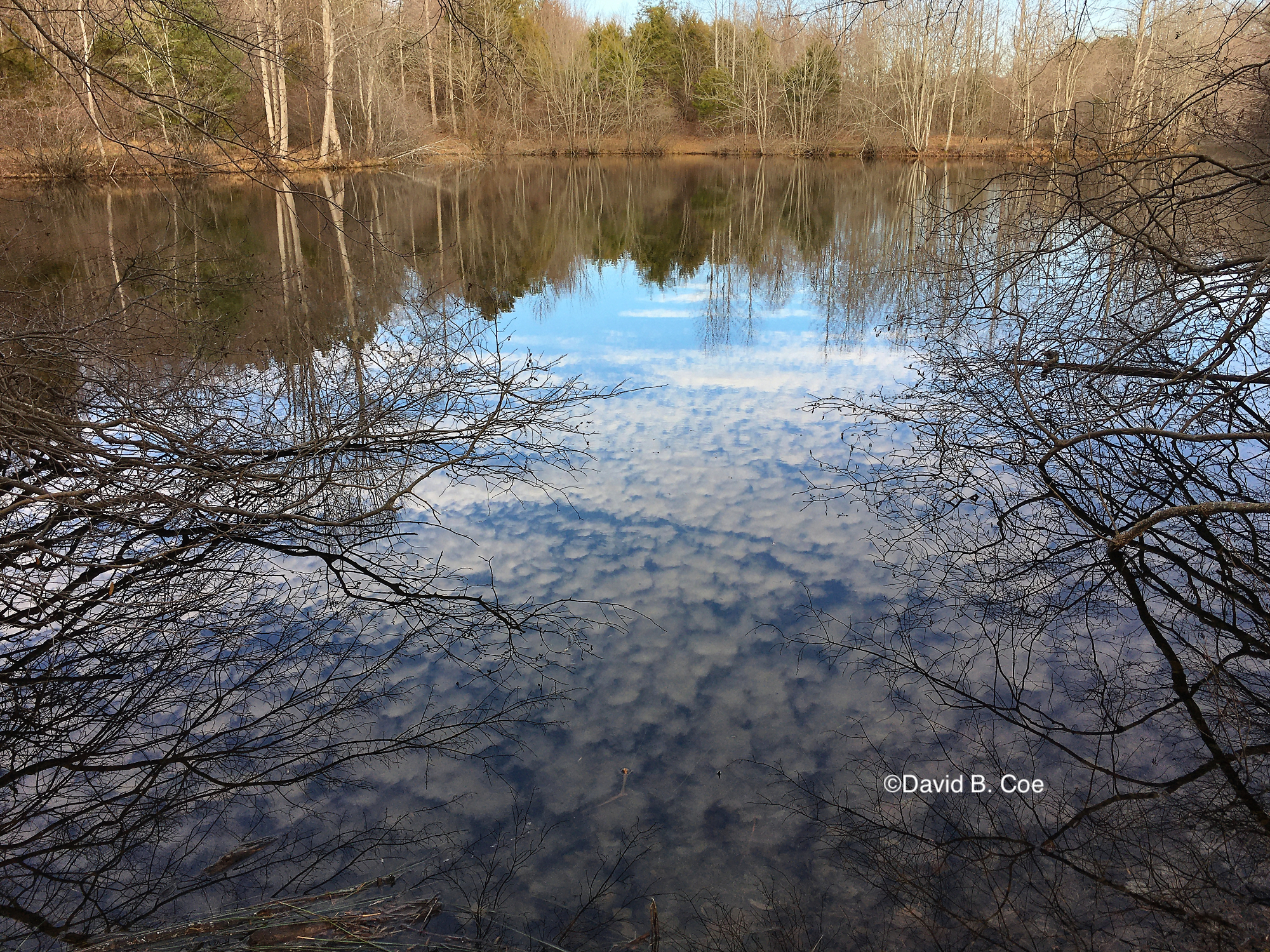
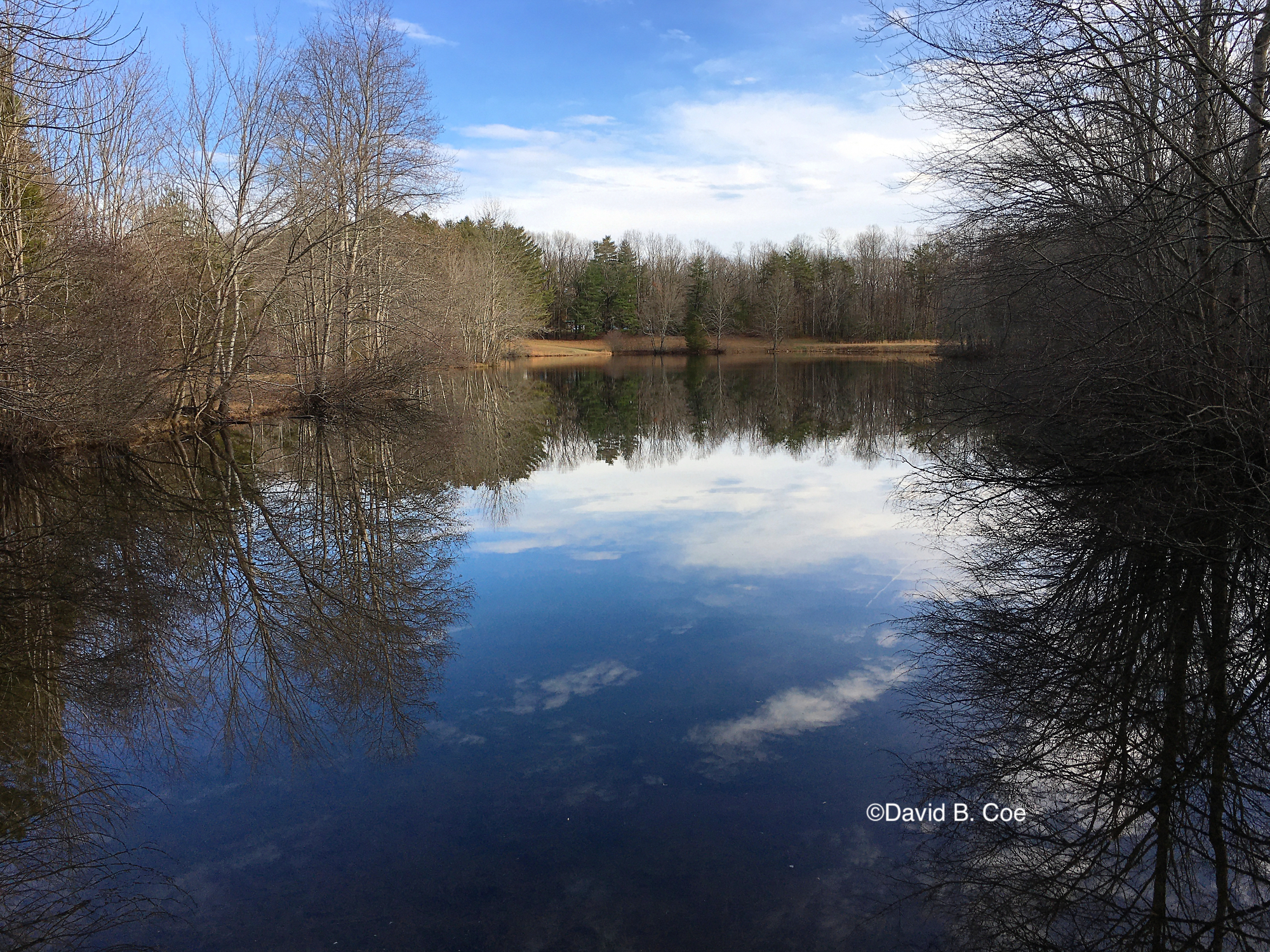


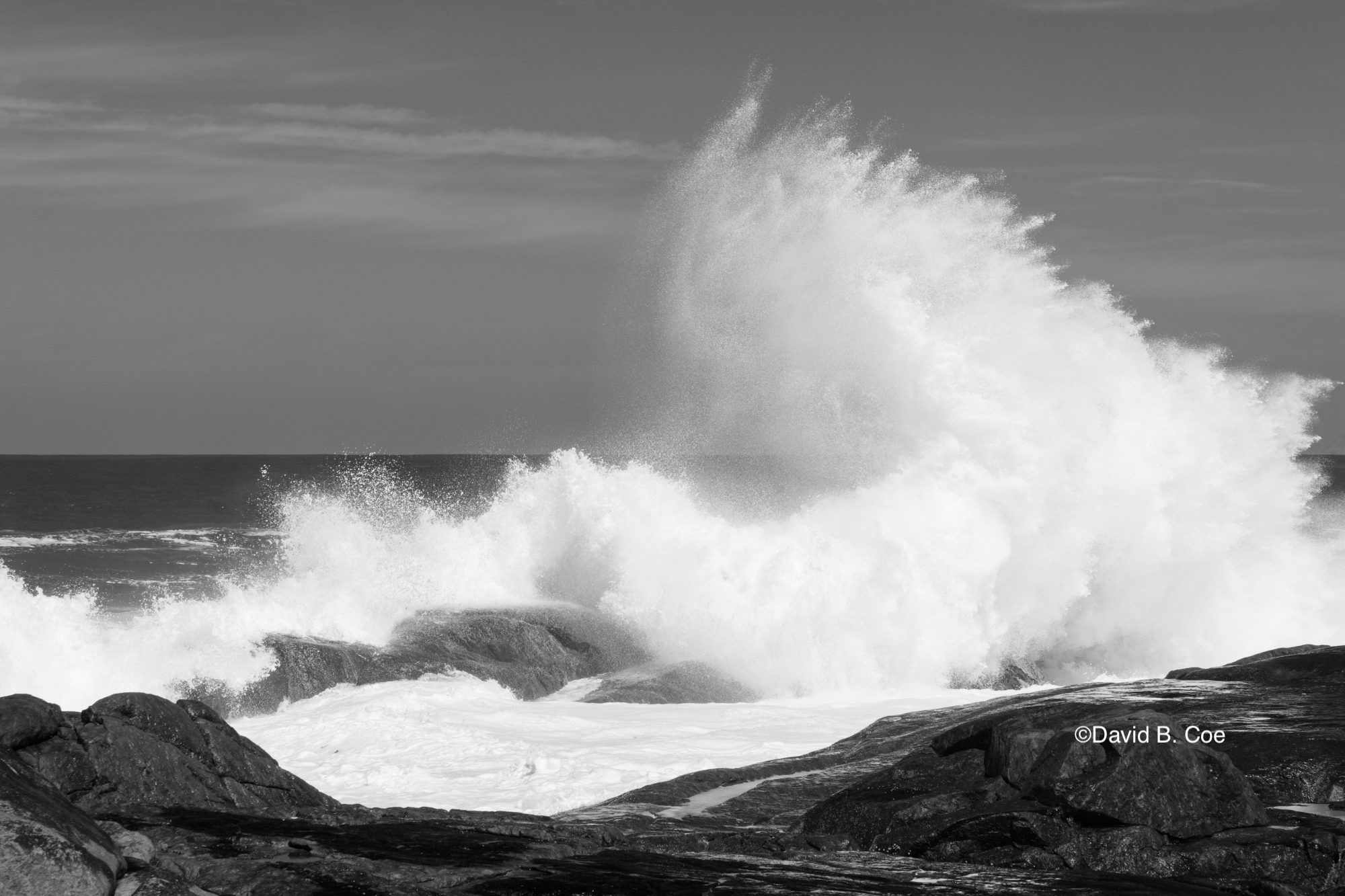
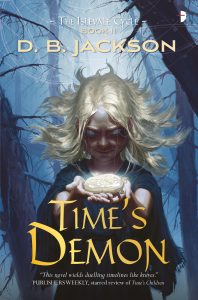 Time’s Demon
Time’s Demon
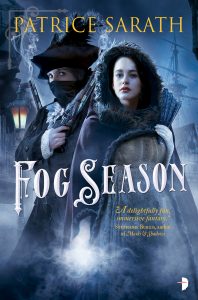
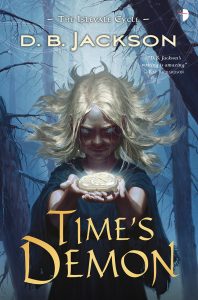 When we talk about craft, we usually focus on elements of initial creation – world building, character building and development, plotting, structuring and pacing a story or novel, and all the pitfalls we encounter when writing our stories. And certainly those are topics worthy of vigorous exploration.
When we talk about craft, we usually focus on elements of initial creation – world building, character building and development, plotting, structuring and pacing a story or novel, and all the pitfalls we encounter when writing our stories. And certainly those are topics worthy of vigorous exploration.
